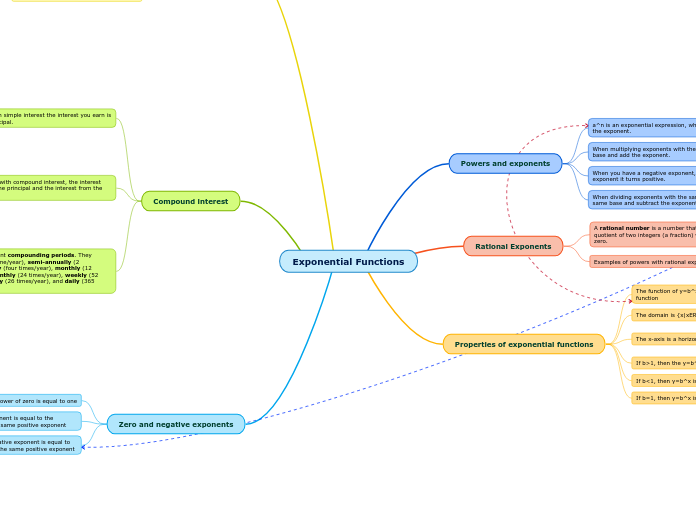da HM - 11AR - Sandalwood Heights SS (2442) mancano 5 anni
1556
Exponential Functions

da HM - 11AR - Sandalwood Heights SS (2442) mancano 5 anni
1556

Più simili a questo
A is the amount of principal and interest, P is the present value of the investment or debt, i is the rate of interest per period, and t is the total number of periods
I stands for simple interest, p stands for principal amount, r stands for annual rate, and t is time in years.